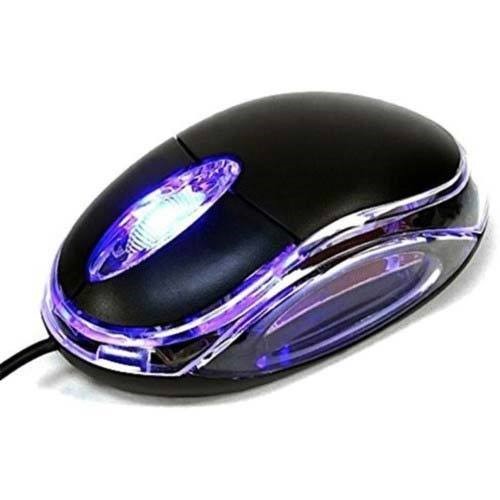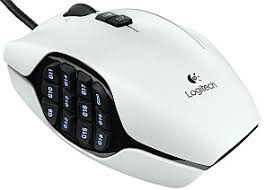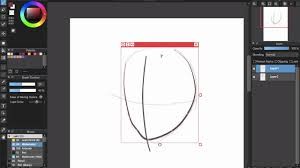What is a mouse?
How many types of mouse are there? Mouse is an input device. It is also called the pointing device. Through it we can give the instruction to the computer. It is a hand held pointing device that detects two dimensional motion relative to a surface. This motion is typically translated into the motion of a pointer on a display which allows a smooth control of the graphical user interface.

Types of mouse:
There are two types of mouse i.e
1:Optical Mouse
2:Mechanical Mouse
Optical Mouse:
Optical mouse emits light from its underside to detect movement relative to the surface. The earliest optical mice detected movement on pre printed mouse pad surfaces. The light reflection in optical mouse judge the distance, direction, distance and speed of its travel.

Mechanical mouse
In this type of mouse a rubber ball is used that makes contact with the wheels inside the unit when it is rolled on a pad or desktop. Contrast with optical mouse. Inside the mouse rollers and sensors send signals to the computer, telling it the distance, directions, and speed of the balls motion. Computer uses this data to position the mouse pointer on the screen.

Benefits of mouse:
- Mouse lets your position cursor anywhere on screen quickly without using cursor movement keys. We simply need to move the points to the on screen position where we want and press the mouse buttons the cursor appears at the location.
Instead of forcing to type or issue commands from the key board, the mouse and mouse base operating systems let us choose commands from easy to use menus and dialogue boxes. Result is much more intuitive way to use computers. Instead of remembering obscure command names, user can figure out rather easily where commands and options are located.

- Mouse is also used in drawing programs in computer for example to draw lines, curves, and free hand shapes on the screen.

Uses of Mouse:
Mouse is used to move the pointer to a targeted location on screen called pointing. Every task performed by the mouse is done with these given three techniques.
- Clicking
- Double Clicking
- Dragging
- Right Clicking
Pointing:
A pointing device is an input device that allows a user to input spatial. Pointing means pushing the mouse across desk on the screen. Mouse is an input pointing device.
Pointer in screen moves in relation to mouse. If we move the mouse forward the pointer moves up if we move the mouse back then the mouse moves down. Same is the process to move the pointer on screen left to right. To move pointer left on screen move the mouse on tray towards left and to move the pointer on screen right move the mouse on tray towards right.
Click:
To click an item with the mouse, we have to move pointer to the targeted place and when pointer touches the item then press and release the primary mouse button once. Clicking or single clicking is most important mouse action. To select any option like menu command etc just clicks it.
Double Clicking:
Double-click is a term used to describe the process of quickly pressing a mouse button twice while keeping it still. In most cases, double-click is with the left mouse button and is used to open or execute a file, folder, or software program.
Dragging:
If you are using a mouse, you can drag and drop an object by clicking the mouse button to select an object, then moving the mouse while keeping the mouse button pushed down. This is called dragging the object
Right Clicking:
To press the right button on the mouse and release it. Also called a secondary click, right clicking typically opens the context menu, which provides operations that pertain to the menu, file name or icon that is right clicked. For example, right clicking is the common way to find a file’s properties.
For slides click here
output devices of a computer
Also read here